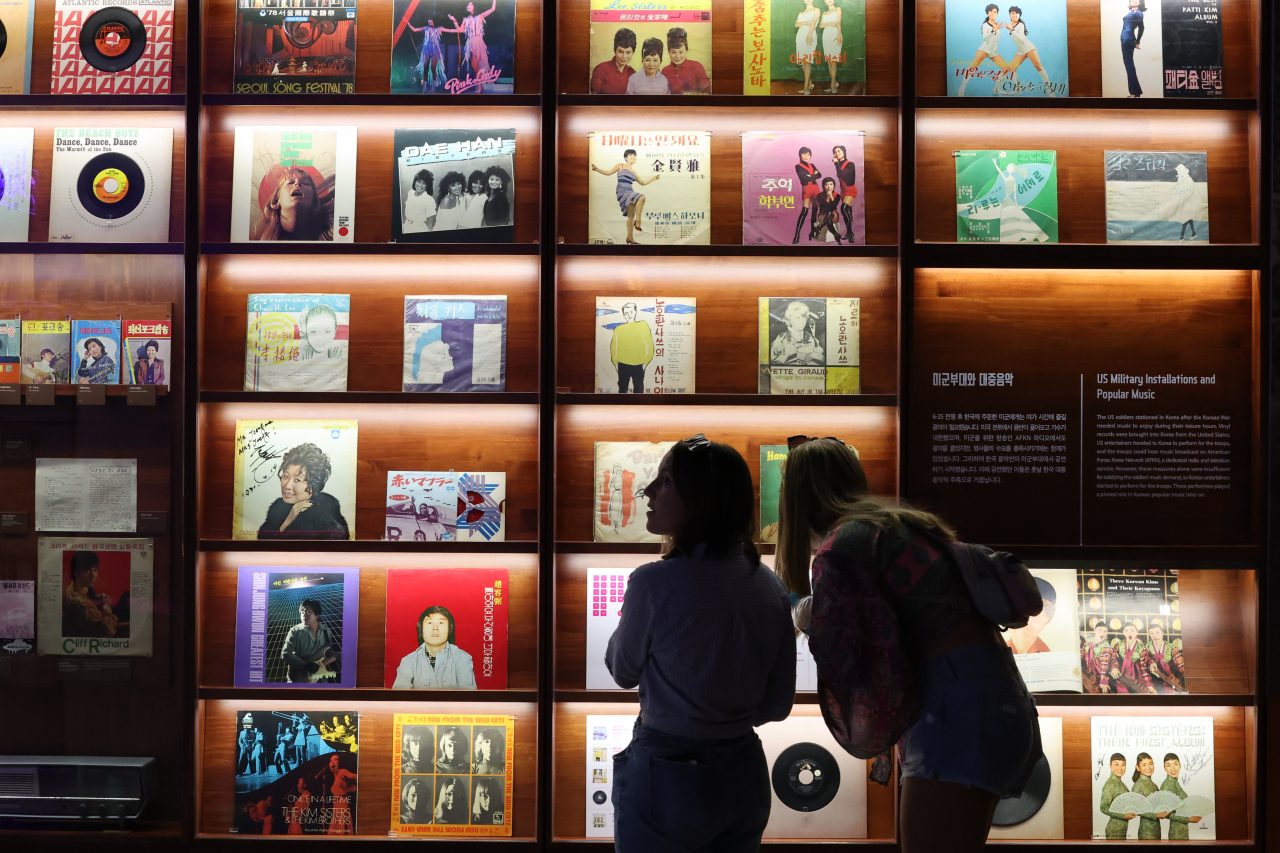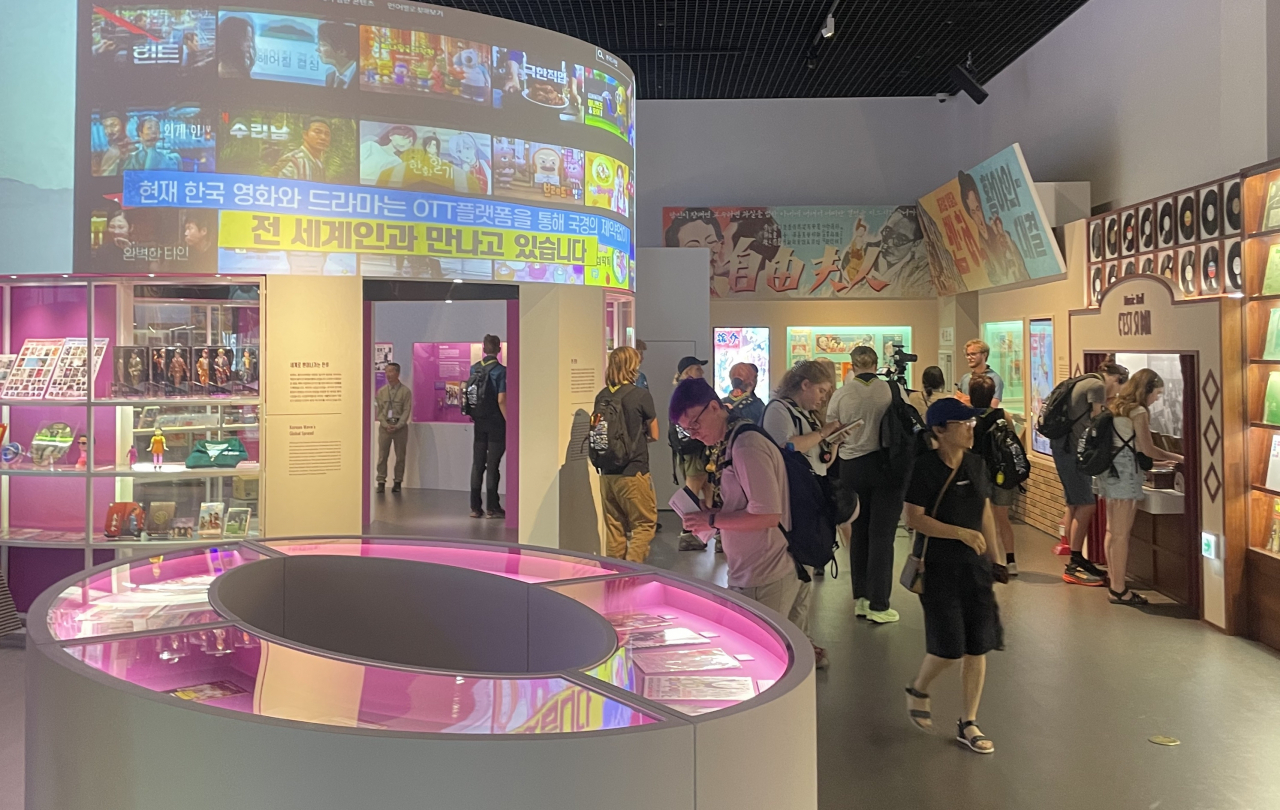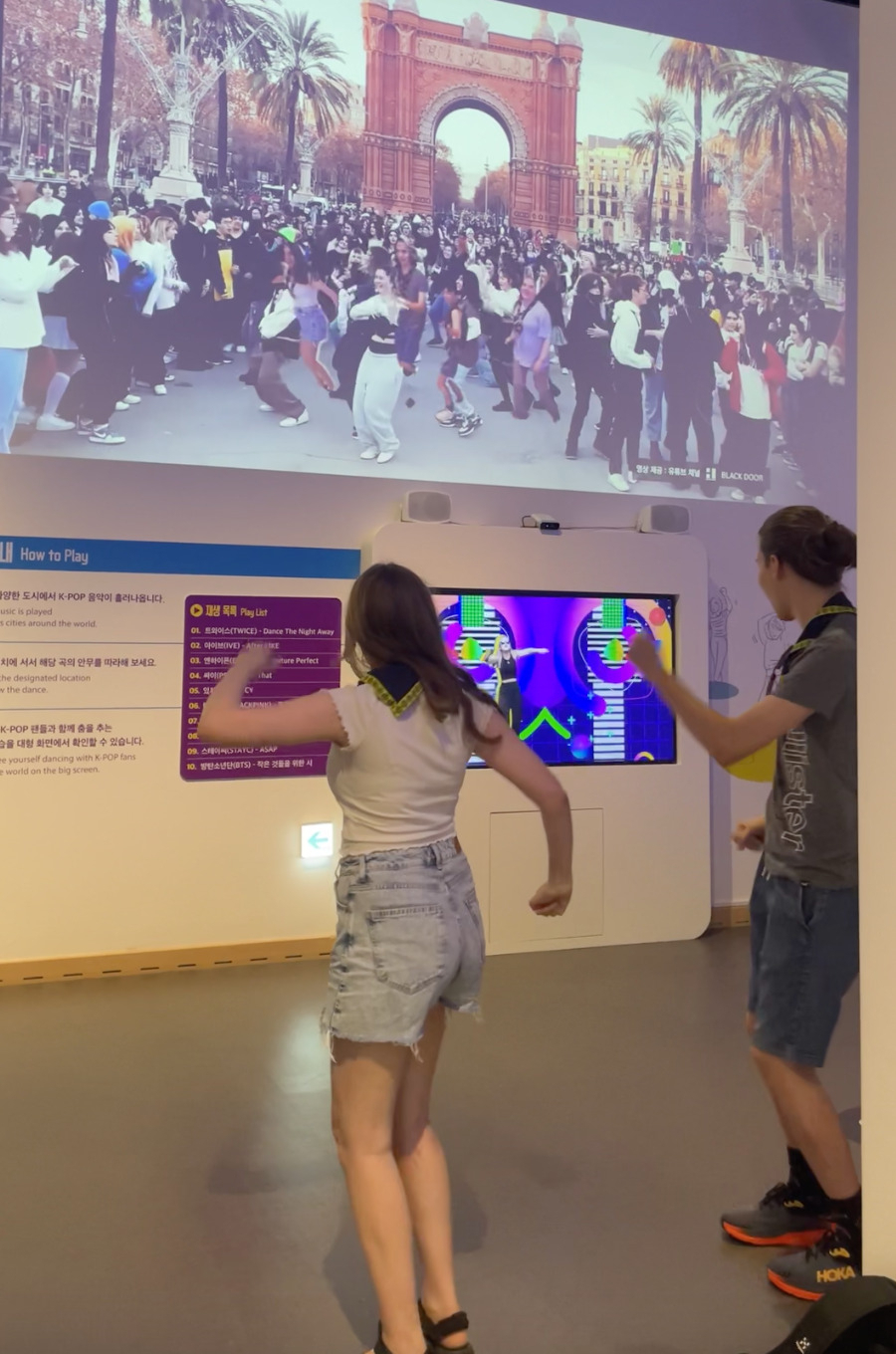
What is Hallyu and when did it begin?
Although Korean dramas had been steadily gaining popularity in East Asia in the early 1990s, it was not until Dec. 17, 1998 when the term Hallyu, or the Korean Wave, was coined. On that day, Taiwanese newspaper Lianhe Wanbo ran an article titled “Korean Wave has come,” according to an exhibition at the National Museum of Korean Contemporary History.
The exhibition, titled “The Pop Culture We Loved and Rise of the Korean Wave,” opened on July 19 in an attempt to answer a series of intriguing questions surrounding the Korean Wave: Was it due to government policy and support? Was it because Korean popular culture was so outstanding on its own? Could it be due to the rise in new media platforms such as YouTube and Netflix? Was it due to sheer good luck? Was it because of the strong influence that was obtained overseas?
Among the many possible hints the exhibition offers, one of the driving forces behind the Korean Wave is its fan culture, which has evolved over the years. This is evidenced by the transition from simple balloons and light sticks to specialized light sticks endorsed by singers, for instance. The fan community of H.O.T, a boy group from in the late 1990s, even had its own monthly magazine. Such fan magazines are on display at the exhibition, along with fan-created goods and more.

In addition to highlighting the Korean Wave itself, one of the exhibition's focuses is the pop culture South Koreans enjoyed in the past several decades.
It starts by introducing how vinyl records were brought into Korea through US Army bases, and how entertainers climbed to stardom by performing for US troops. It also explores Hong Kong films that were hugely popular in the late 1980s and 1990s, along with Japanese cultural products including music and manga, which were prohibited from being imported until 1998 but nevertheless captivated the hearts of many South Koreans. Illicit copies of J-pop diva Amuro Namie's album had reportedly 1 million in sales in South Korea.
The origin of K-pop is attributed to the moment when Lee Soo-man, the founder of SM Entertainment, attended a New Kids on the Block concert in Korea in 1992. Realizing that the music industry's landscape was shifting, Lee then created groups of young musicians who passed auditions and trained in music starting in their teens.
“This exhibition reflects whether the emergence of Hallyu was influenced by global popular cultures, so that we can understand it in the context of global pop culture,” Kwon Gi-jun, curator of the National Museum of Korean Contemporary History, told The Korea Herald.

The exhibition features interactive installations including a karaoke box and K-pop street dance highlights with 10 tracks including girl group Blackpink’s "Ddu-du Ddu-du" and boy band BTS’ "Boy with Luv." Visitors can dance to popular K-pop songs in videos filmed around the world, guided by video instructions and VR technology.
"Seeing, feeling and enjoying oneself is integral to the essence of K-pop. Therefore, we have designed the exhibition to offer hands-on experiences to participants,” Kwon added.
The exhibition kicked off on July 20 and runs through Sept. 3. It is open every day from 10 a.m. to 6 p.m. On Wednesdays and Saturdays, it is open until 9 p.m. Admission is free.







![[Weekender] How DDP emerged as an icon of Seoul](http://res.heraldm.com/phpwas/restmb_idxmake.php?idx=644&simg=/content/image/2024/04/25/20240425050915_0.jpg&u=)



![[KH Explains] No more 'Michael' at Kakao Games](http://res.heraldm.com/phpwas/restmb_idxmake.php?idx=644&simg=/content/image/2024/04/28/20240428050183_0.jpg&u=20240428180321)







![[Herald Interview] Mistakes turn into blessings in street performance, director says](http://res.heraldm.com/phpwas/restmb_idxmake.php?idx=652&simg=/content/image/2024/04/28/20240428050150_0.jpg&u=20240428174656)
